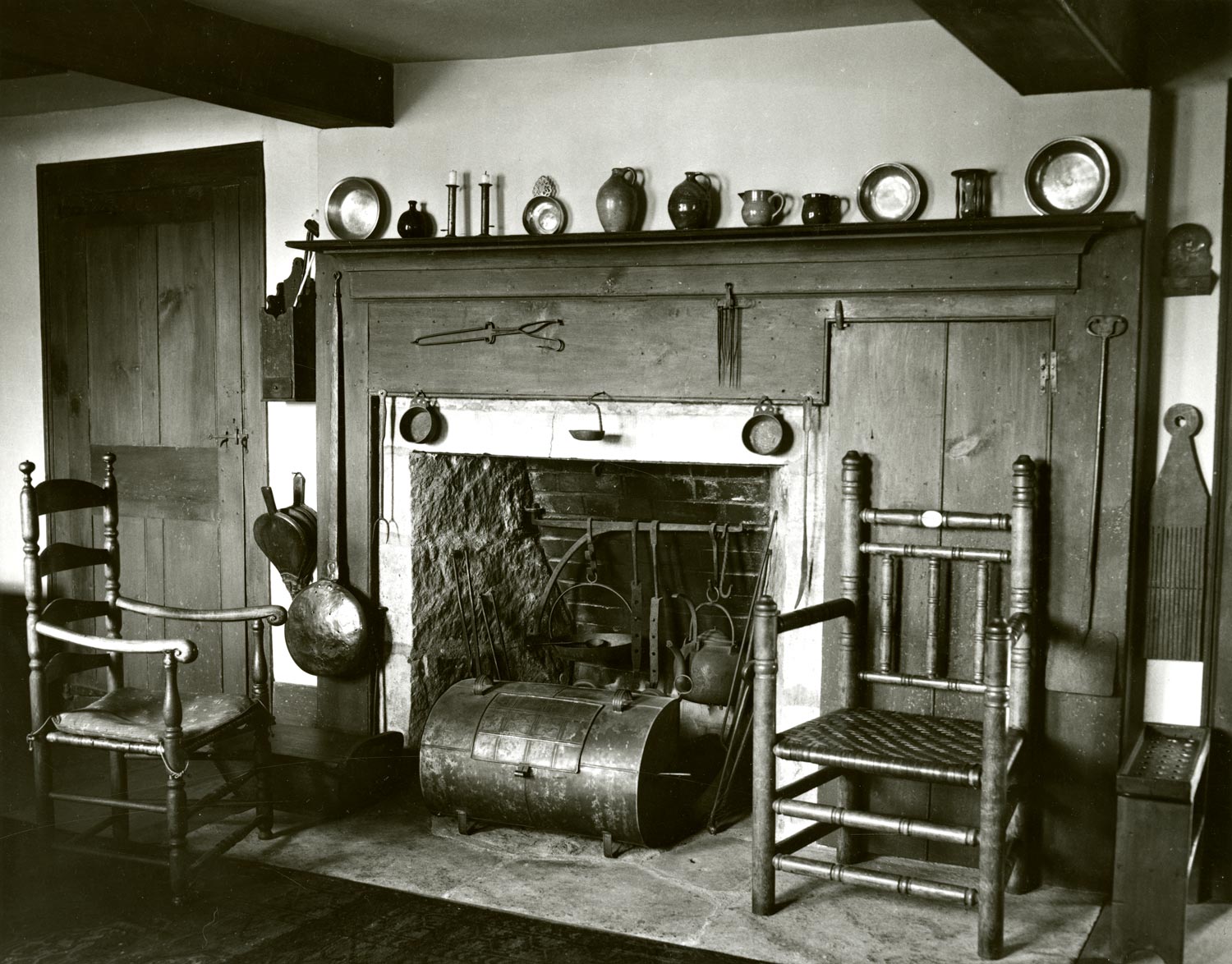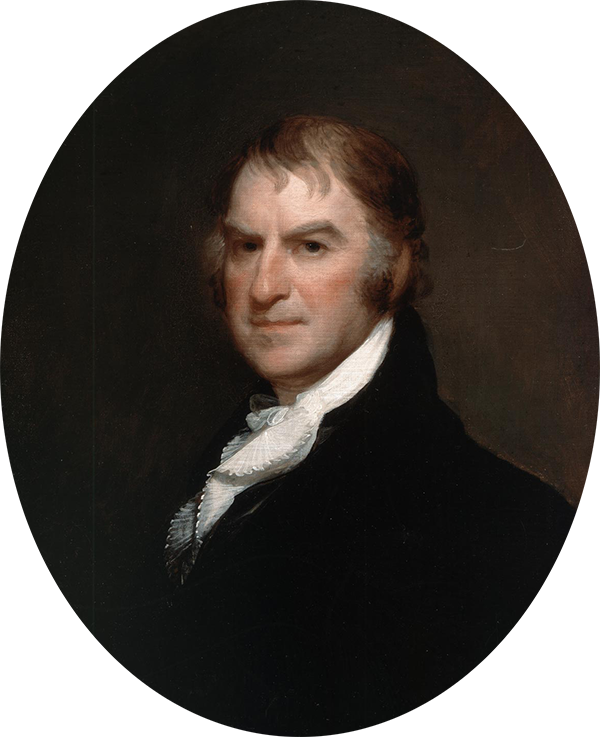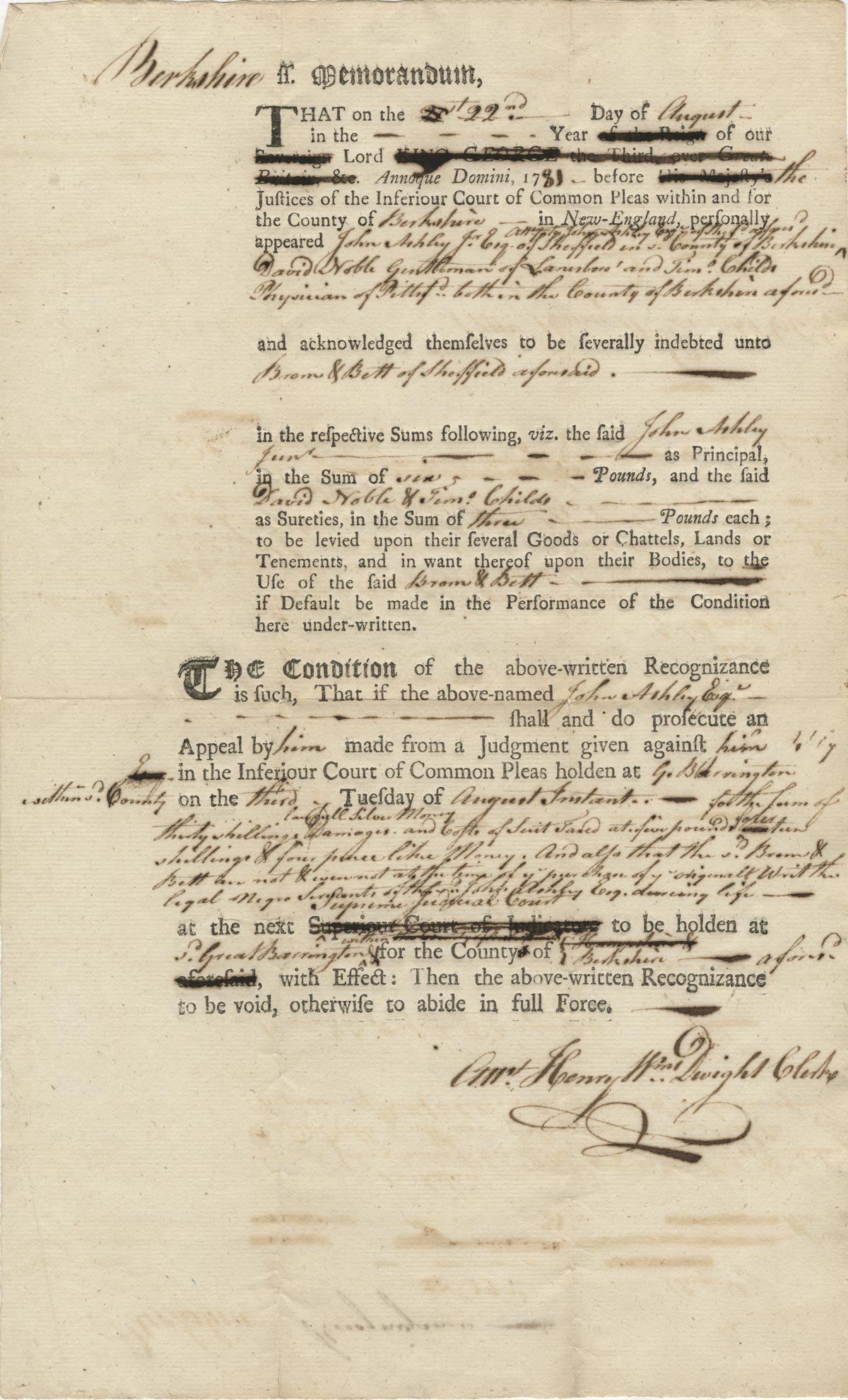
Mum Bett Challenges Slavery
Colonel John Ashley of Sheffield, Massachusetts, owned Elizabeth Freeman (c. 1742 or 1744–1829) -- known as both Mum Bett and Mumbet -- and her sister.
When Ashley’s wife struck at her sister with a hot kitchen shovel, Mum Bett successfully blocked the blow with her arm but remained scarred for life. She left the Ashley household and refused to return.
Hearing a reading of the Declaration of Independence and overhearing discussions of the new Massachusetts Constitution with its Declaration of Rights, Mum Bett went to attorney Theodore Sedgwick to seek the equality those documents promised and to claim her liberty under the law. At the conclusion of the 1781 trial, the jury set Elizabeth Freeman free and ordered Ashley to pay her 30 shillings and court costs.
“A woman once lived in Massachusetts whose name ought to be preserved in all histories of the state.” —Harriet Martineau on Elizabeth Freeman, 1838




 Back
Back Print
Print